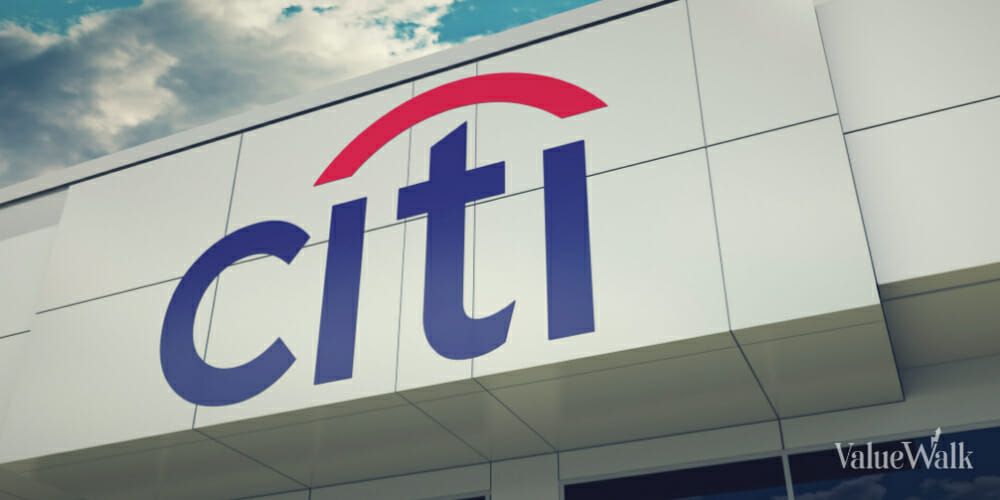One week after the Federal Open Market Committee (FOMC) met, several Federal Reserve leaders hit the speakers’ circuit to discuss inflation, interest rates and the economy.
While the FOMC decided to leave the federal funds rate unchanged last week and now expects only one rate cut in 2024, the tone among some of the speakers was somewhat optimistic.
In particular, Federal Reserve Governor Adriana Kugler gave a speech on Tuesday dubbed “Some Reasons for Optimism about Inflation.”
FOMC member points out takeaways
Here are the main reasons Kugler says may be a sign that inflation benefits consumers and businesses.
Consumers are more price conscious
Kugler told the audience at the Peterson Institute for International Economics in Washington, D.C., that recent data has given her “cautious optimism” that inflation rates are moving toward the Fed’s 2% goal.
Inflation as measured by Personal Consumption Expenditures (PCE) fell to 2.7% in May from a high of 7.1% in 2022.
Kugler said, “There are several reasons why I remain optimistic that improving supply and cooling demand will support continued disinflation.”
First, she said consumers are becoming more price sensitive, which is evident in the reduced frequency of price adjustments. When inflation was at its highest level in 2022, price adjustments were occurring in less than five months.
At the end of 2023, price changes came every seven months. Additionally, the current trend is consistent with ongoing disinflation based on Fed research that shows companies have lower price expectations.
Kugler also noted that price markups for labor costs have continued to drop, although they are still above pre-pandemic levels. Nonetheless, increases in labor costs are heading in the right direction.
Further, Kugler sees evidence of push-back from customers on higher prices.
“The most recent edition of the Fed’s Beige Book suggests firms are increasingly attentive to consumers pushing back against additional price increases and that these businesses expect to increase prices only moderately in the near term,” she said.
Kugler also noted that recent earnings reports show that firms are moderating price increases or reducing prices to accommodate lower-income consumers who have been pulling back on spending.
“What I have heard in my own conversations with business contacts is that consumers are “trading down” to lower-cost products and that firms are responding with more discounting,” Kugler said.
Lower costs for businesses
Another reason for optimism about continued disinflation is that the costs for businesses are trending lower. This is primarily due to nominal wage growth going down, which indicates that supply and demand in the labor market are coming into better balance.
“Of course, as a general matter, I want to see Americans experiencing strong wage growth, but for that wage growth to be sustainable, it must be consistent with our inflation target. Notably, as inflation has come down, real wages have been rising and now exceed pre-pandemic levels, which means that the purchasing power of workers has also been increasing. But at the same time, we have seen slowing growth in nominal labor costs,” Kugler said.
To decipher the Fed speak, real wages are those that are adjusted for inflation, while nominal wages and labor costs are not adjusted for inflation. Thus, if the nominal wage growth is less than the rate of inflation, then purchasing power drops.
Kugler said that nominal wage growth is at 4% right now, but it’s down from 6% in 2022. Nominal wage growth stood at about 3% before the pandemic, when inflation was 2%. Thus, while trending lower, it is moving into a better balance, Kugler said.
Optimistic about productivity growth
Kugler also said she is “cautiously optimistic about productivity growth,” which is putting downward pressure on inflation. She cited the “remarkable rise in the rate of new business creation” as a major factor in rising productivity growth.
New business creation is especially prevalent in the technology sector, and Kugler likened it to the period before the jump in productivity during the late 1990s and early 2000s dotcom boom.
In particular, she said the widespread implementation of artificial intelligence has the potential to increase productivity and boost supply. When productivity is higher, costs to produce goods and services go down, which reduces pressure on price inflation.
Finally, Kugler said the Fed’s restrictive stance has helped to “cool the economy and bring inflation back toward 2% without a sharp contraction in economic activity or a significant deterioration of the labor market.”
However, she added that while things are moving in the right direction, the Fed’s job is not yet done.
“If the economy evolves as I am expecting, it will likely become appropriate to begin easing policy sometime later this year. But, as always, my judgment will be guided by the data,” Kugler concluded.

















